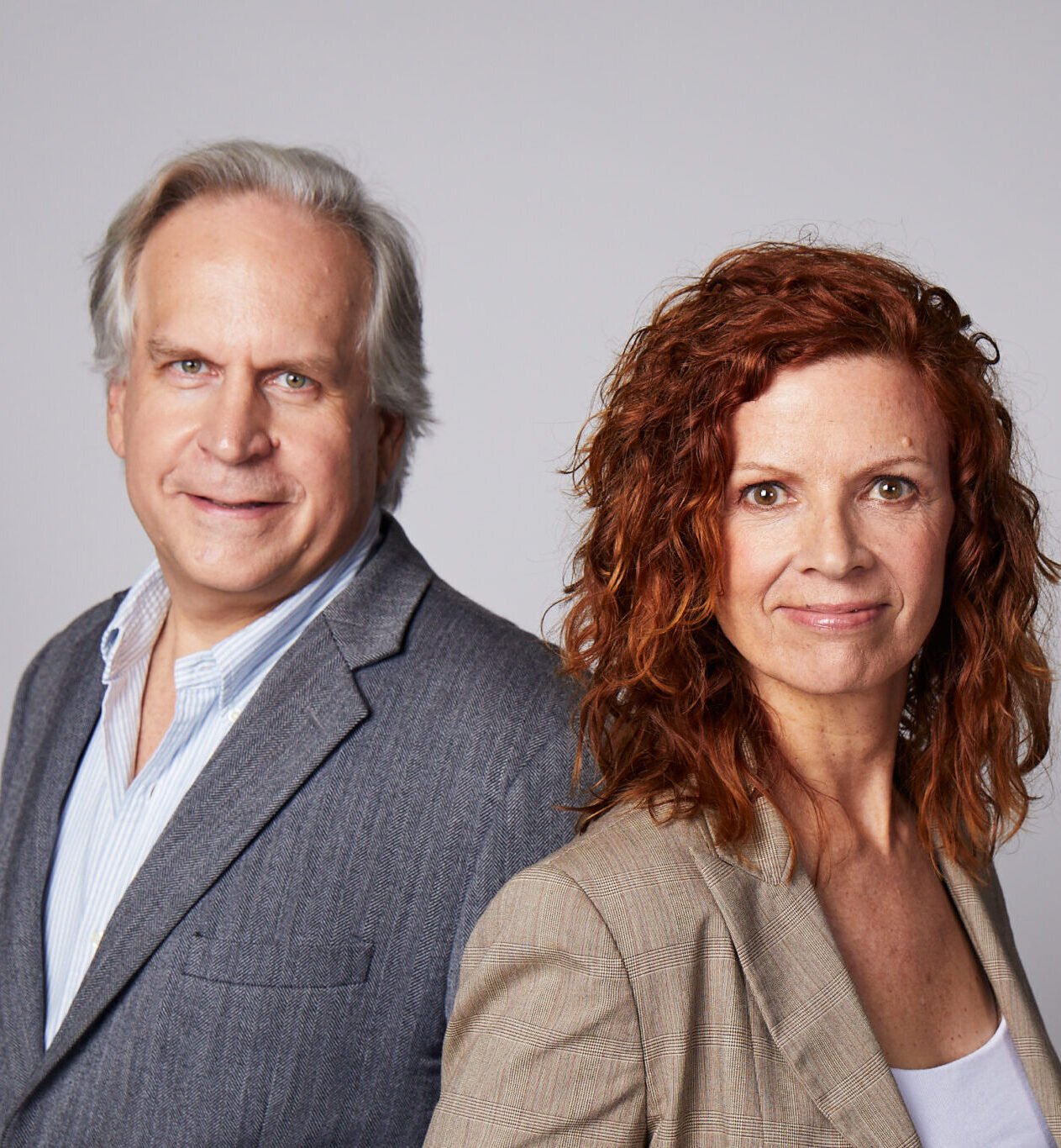Space: The final frontier or the next hot tourist destination? Two entrepreneurs are banking on the latter.
Jane Poynter and Taber MacCallum are spearheading Space Perspective, a space tourism company that aims to ferry travelers to the edge of space with the help of a giant balloon.
The venture is the latest chapter in the lives of its founders, who are best-known for participating in Biosphere 2, a project from the 90s where eight people sealed themselves in an artificial world for two years. The project was designed to simulate a prototype space outpost.
Under that glass dome, the couple’s passion for space flourished. They poured that passion into inspiring others through a visceral experience—one complete with incredible views of the Earth that only a select few have been fortunate enough to witness.
Historically, seeing the blackness of space and the thin blue line of Earth’s atmosphere has been reserved for professional astronauts. That is slowly changing as the burgeoning commercial space sector aims to open up the vastness of space to the masses.

Richard Branson, Jeff Bezos and Elon Musk have all shown that regular citizens can reach the final frontier, so long as they want to climb aboard a rocket and have a billionaire backing them. But Space Perspective aims to change that.
Poynter and MacCallum say they will float travelers into space in a pressurized, luxury cabin called Spaceship Neptune, named not only for the Roman god of the sea but also the eighth planet in our solar system.
Spaceship Neptune will be able to carry eight passengers to an altitude of 100,000 feet above the Earth’s surface via massive helium-filled balloons similar to those that have been used for decades by weather services.
Space Perspective’s founders say the experience will be vastly different from the brief, rocket-powered flight that both Virgin Galactic and Blue Origin are promising. Passengers, which Poynter and MacCallum are calling “explorers,” will strap into their seats (like on an airplane) and slowly climb to the target altitude and a leisurely pace of just 12 mph.
Their vessel is equipped with unlimited champagne and 360-degree breathtaking views of the planet. The entire trip will last approximately 6 hours, ending with a splashdown in the Gulf of Mexico.
The luxury space cruise costs $125,000 and the couple says that to date, they’ve sold over 500 tickets. They say the first paying passenger flight is set to launch in 2024 from Kennedy Space Center in Florida, with roughly 25 flights planned initially. The company will then build up its cadence, with the ability to launch hundreds of flights from all around the world.

When asked if she would fly, Poynter said, absolutely. “I want to go already,” she tells Worth, indicating that she could be one of the eight initial passengers flying on a test flight in 2023. So far the company has demonstrated that the balloon and spacecraft work as designed, thanks to a successful test flight (sans explorers) in June of this year.
The couple is no stranger to human balloon flights and is working with a team of experts, including Alan Eustace, who holds the current record for the highest skydive. In 2014, he ascended via balloon to an altitude of 135,899 feet (higher than Space Perspective’s passengers will fly) and returned safely to Earth with little more than a spacesuit and a parachute.
Many of the astronauts who have been to space will tell you that seeing the Earth from that vantage point is incredibly profound, even life-changing. Poynter and MacCallum are hoping that their explorers will have a similar experience, and the epic views will inspire people to go out and do great things.
MacCallum says that their company has the chance to make a global impact. He says that impact is two-fold: It will inspire people to be better stewards of our planet, but also that anything is possible with the right technology.
“Imagine a world where someone in every classroom has been to the edge of space and can talk about seeing the Earth from that perspective,” says MacCallum. “It also helps expand what people think and believe technology can do.”
The couple is hoping that they will inspire their explorers to go out and do great things with the experience. Seeing the Earth from space has a profound effect on people, something called the Overview Effect. Not everyone flying on Spaceship Neptune will be space aficionados, in fact, Poynter and MacCallum are hoping they aren’t.
To that end, the experience is designed to be more of a luxury space cruise than true astronaut experience. And since the passengers are only traveling up to 100,000 feet, they will not experience any of the weightlessness that passengers on other space tourism flights do—an added bonus in Poynter’s opinion.
“Microgravity is distracting, especially for that short a period,” she says. “I’ve spoken with astronauts, and unless you’re going to the space station, it really takes away from the wow factor.”
She says that the Space Perspective experience is going to be different. “We are separating the experiences so that you can go to space and really focus on that incredible experience of being in space and enjoying the views,” she says.
For now, space travel’s astronomical cost limits its audience. But that’s slowly starting to change, thanks to the growing private space industry. And if history is an indicator, as technology continues to improve, costs will continue to fall, allowing more people access. With its modest price tag, the Space Perspective experience is set to redefine space tourism. Poynter and MacCallum are happy to spearhead that effort.






